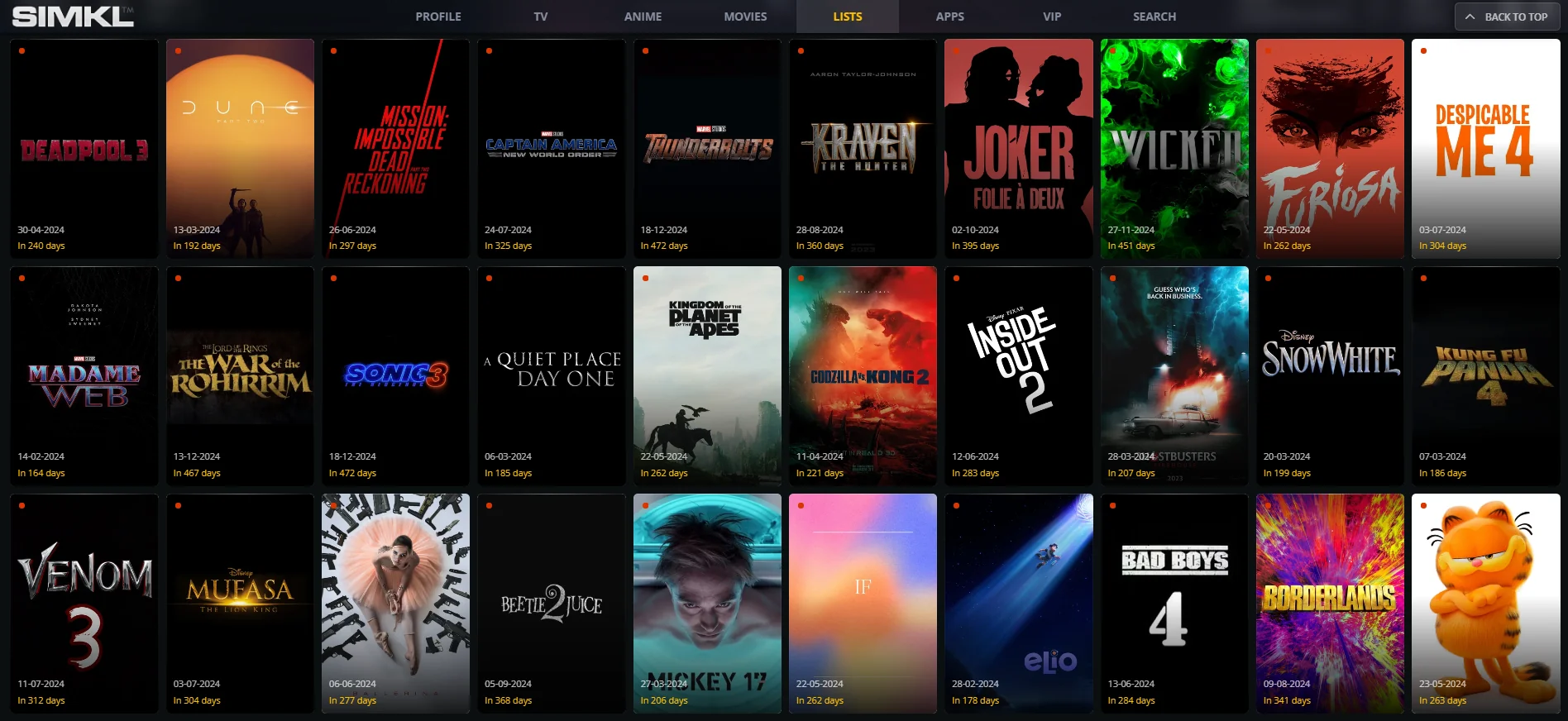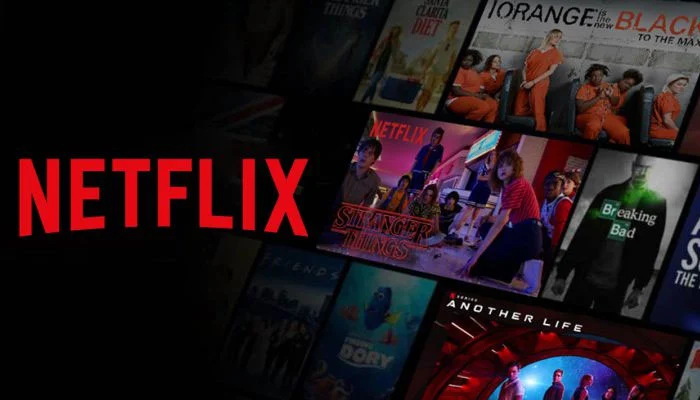In the digital age, establishing yourself as a thought leader is pivotal for attracting high-ticket clients and gaining industry recognition. Podcasts and webcasts have emerged as powerful tools for building your reputation, showcasing your expertise, and engaging with a high-caliber audience. This comprehensive guide will explore how to effectively use these mediums to position yourself as a thought leader and draw in potential high-ticket clients.
Podcasts and webcasts offer unique advantages for thought leadership. They provide a platform for sharing your insights, experiences, and expertise in a format that is accessible and engaging. Podcasts, with their audio-centric approach, allow listeners to consume content on the go, while webcasts combine visual and auditory elements, creating a more interactive experience.
Creating Valuable Content
The cornerstone of successful podcasts and webcasts is valuable content. To attract high-ticket clients, your content must demonstrate your deep understanding of industry trends, challenges, and solutions.
Identifying Your Niche and Target Audience
Start by identifying your niche within your industry. What specific problems do you solve? Who are your ideal clients? Tailor your content to address these questions and provide actionable insights that resonate with your target audience. This focused approach will help you attract high-ticket clients who are seeking expertise in your particular area.
Developing Engaging Podcast Formats
Podcasts come in various formats, each serving different purposes. Consider these formats for your podcast:
Interviews with Industry Experts: Hosting interviews with respected figures in your industry can enhance your credibility and expand your network. These conversations provide valuable insights and can attract their audience to your podcast.
Solo Episodes: Share your thoughts, experiences, and advice in solo episodes. This format allows you to showcase your expertise and establish a direct connection with your audience.
Panel Discussions: Organize panel discussions with multiple experts to offer diverse perspectives on industry topics. This format encourages dynamic conversations and provides listeners with a well-rounded understanding of complex issues.
Crafting Compelling Webcasts
Webcasts blend audio and visual elements, making them ideal for engaging presentations and live interactions. Consider these strategies for your webcasts:
Interactive Q&A Sessions: Engage your audience with live Q&A sessions. Addressing questions in real time fosters a sense of connection and demonstrates your expertise in handling complex inquiries.
Live Demonstrations: Showcase your products, services, or methodologies through live demonstrations. This approach allows potential clients to see your solutions in action, building trust and credibility.
Industry Panels and Discussions: Host industry panels or discussions featuring multiple experts. This format provides a comprehensive view of industry trends and challenges, positioning you as a thought leader who facilitates valuable conversations.
Promoting Your Content
Creating high-quality content is only part of the equation. Effective promotion is crucial for reaching your target audience and establishing your thought leadership.
Leveraging Social Media
Promote your podcasts and webcasts on social media platforms to increase visibility and engagement. Share teasers, highlights, and behind-the-scenes content to generate interest and drive traffic to your episodes.
Building an Email List
Use your podcasts and webcasts to build an email list of interested listeners and viewers. Offer exclusive content or incentives for subscribing to your list, and keep your audience informed about upcoming episodes and events.
Collaborating with Influencers
Partner with industry influencers to broaden your reach. Influencers can help promote your content to their followers, increasing your visibility and credibility within your niche.
Engaging with Your Audience
Interacting with your audience is essential for building relationships and positioning yourself as a thought leader. Engage with your listeners and viewers through comments, feedback, and social media interactions.
Responding to Feedback
Actively respond to feedback and questions from your audience. Addressing concerns and providing thoughtful responses demonstrates your commitment to your audience and reinforces your expertise.
Encouraging Reviews and Testimonials
Encourage satisfied clients and listeners to leave reviews and testimonials. Positive feedback serves as social proof and can attract potential high-ticket clients who are seeking reliable expertise.
Analyzing and Improving Your Content
Regularly analyze the performance of your podcasts and webcasts to identify areas for improvement. Use metrics such as listener/viewer engagement, episode downloads, and audience feedback to refine your content strategy.
Tracking Performance Metrics
Monitor key performance metrics to gauge the effectiveness of your content. Analyze listener demographics, engagement levels, and conversion rates to understand what resonates with your audience and make data-driven improvements.
Adapting to Feedback and Trends
Stay informed about industry trends and evolving audience preferences. Adapt your content and formats to remain relevant and continue providing value to your audience.
Podcasts and webcasts are powerful tools for establishing yourself as a thought leader and attracting high-ticket clients. By creating valuable content, promoting your episodes effectively, and engaging with your audience, you can build a strong reputation and position yourself as a go-to expert in your industry. Embrace these mediums to showcase your expertise, connect with potential clients, and elevate your professional standing.
Frequently Asked Questions: Leveraging Podcasts and Webcasts for Thought Leadership and Attracting High-Ticket Clients
What is the difference between a podcast and a webcast?
Podcasts are audio-based content that listeners can consume on various platforms, often while multitasking. They are typically available on podcast directories and streaming services. Webcasts, on the other hand, combine audio and visual elements, allowing for live or recorded video presentations. Webcasts are often hosted on websites or video platforms and can include interactive features like live Q&A sessions.
How do I choose a niche for my podcast or webcast?
Selecting a niche involves identifying the specific area of expertise you want to focus on and understanding the needs and interests of your target audience. Consider your professional strengths, industry trends, and the problems your potential high-ticket clients face. Tailor your content to address these aspects, ensuring it aligns with your expertise and appeals to your ideal clients.
What are some effective podcast formats to attract high-ticket clients?
Effective podcast formats include:
Interviews with Industry Experts: Featuring respected figures can enhance your credibility and attract their audience to your podcast.
Solo Episodes: Share your insights and experiences to demonstrate your expertise directly.
Panel Discussions: Offer diverse perspectives on industry topics, showcasing your role as a facilitator of valuable conversations.
How can I make my webcast engaging?
To make your webcast engaging:
Conduct Interactive Q&A Sessions: Engage your audience by answering their questions in real time.
Showcase Live Demonstrations: Provide live demonstrations of your products or services to build trust.
Host Industry Panels: Include multiple experts to offer comprehensive insights and foster dynamic discussions.
What strategies can I use to promote my podcasts and webcasts?
Effective promotion strategies include:
Leveraging Social Media: Share teasers, highlights, and behind-the-scenes content on social media platforms.
Building an Email List: Offer exclusive content or incentives to build a list of interested subscribers.
Collaborating with Influencers: Partner with industry influencers to expand your reach and credibility.
How do I engage with my podcast or webcast audience?
Engage with your audience by:
Responding to Feedback: Address comments and questions to show your commitment to your audience.
Encouraging Reviews: Request reviews and testimonials from satisfied listeners or viewers to provide social proof.
Maintaining Interaction: Engage on social media and through email to keep the conversation going and build relationships.
What metrics should I track to measure the success of my content?
Track metrics such as:
Listener/Viewer Engagement: Monitor how actively your audience interacts with your content.
Episode Downloads/Views: Measure the number of times your episodes are downloaded or viewed.
Audience Feedback: Analyze comments, ratings, and reviews to understand your audience’s perception of your content.
How can I adapt my content based on performance metrics?
Use performance metrics to identify areas for improvement by:
Analyzing Engagement Levels: Adjust your content to better align with what resonates with your audience.
Incorporating Feedback: Implement suggestions from your audience to enhance the value of your content.
Staying Current: Keep up with industry trends and evolving preferences to ensure your content remains relevant.
How often should I publish new podcast or webcast episodes?
The frequency of publishing episodes depends on your content capacity and audience expectations. Consistency is key; whether you choose a weekly, bi-weekly, or monthly schedule, ensure you adhere to it to build and maintain audience engagement.
Can podcasts and webcasts really attract high-ticket clients?
Yes, podcasts and webcasts can effectively attract high-ticket clients by showcasing your expertise, building your credibility, and engaging with potential clients in a meaningful way. By consistently delivering valuable content and promoting it effectively, you can position yourself as a thought leader and draw in clients who are seeking high-level expertise.



















